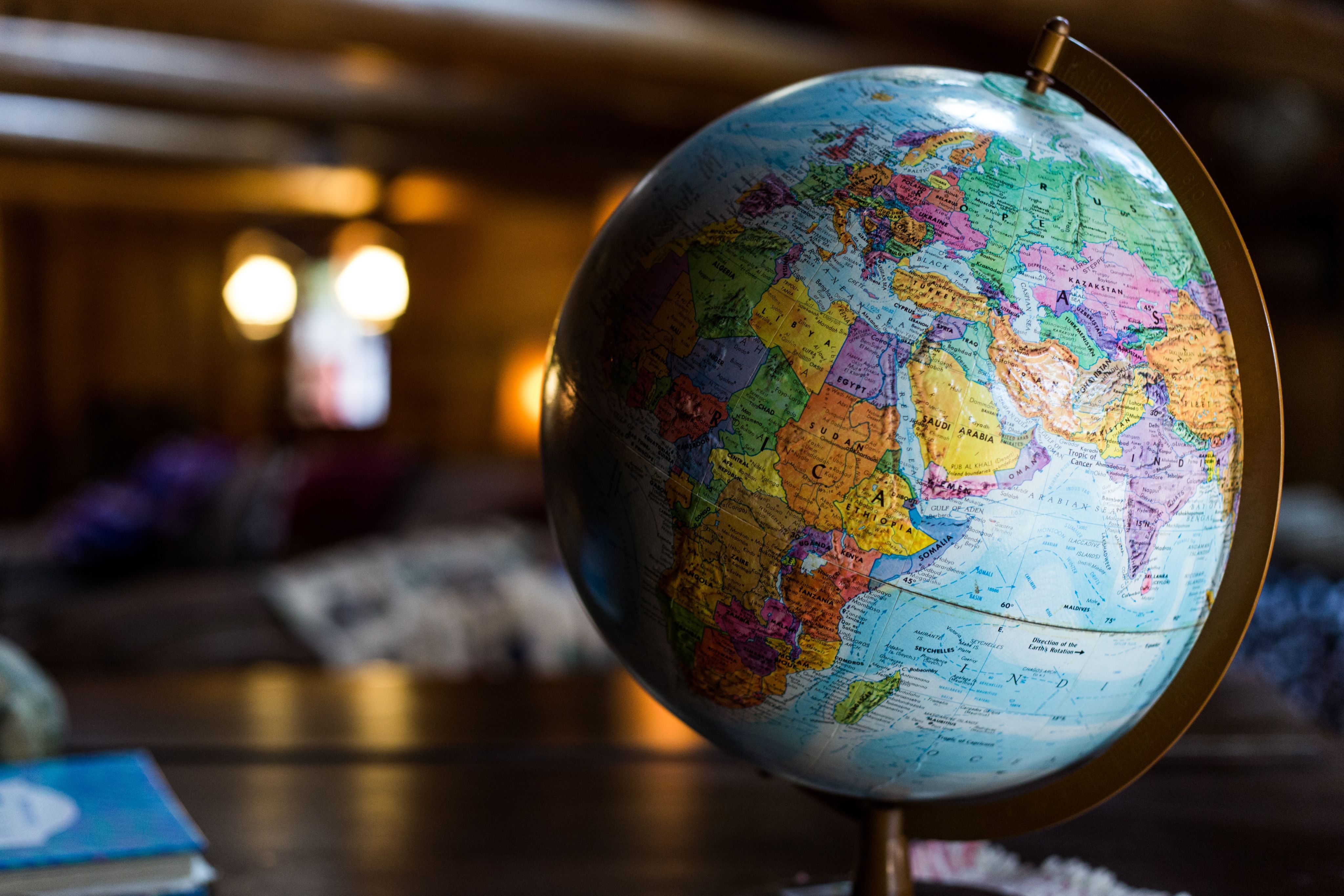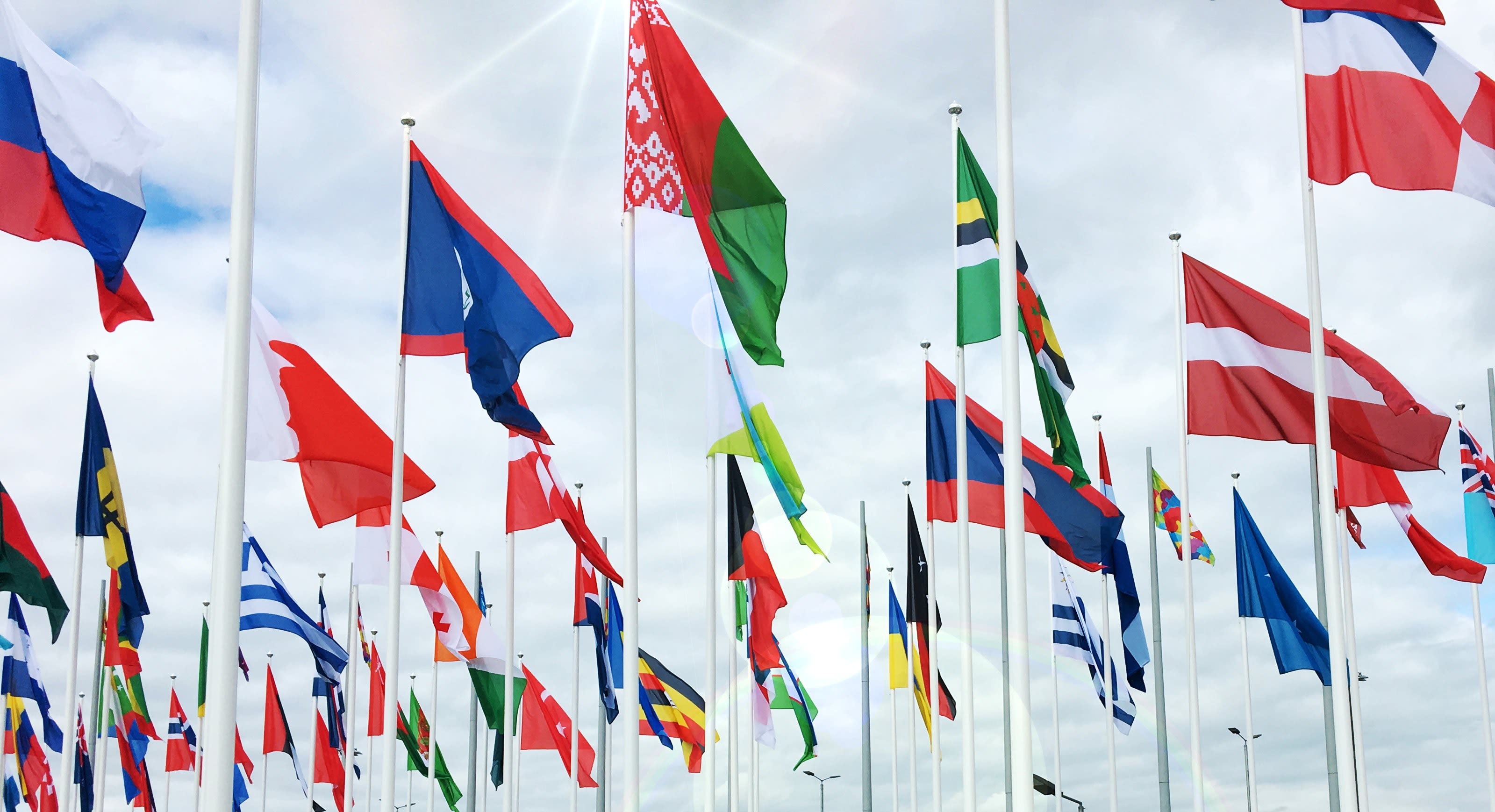Understanding International Trade Rules

In the complex world of international commerce, understanding global trade rules is essential for businesses of all sizes. These rules govern the exchange of goods and services across borders, ensuring that trade is fair, predictable and transparent. With the rise of globalisation, the intricacies of these regulations have deepened, influencing economic relationships and shaping global economic policies.
The Framework of International Trade
International trade is regulated through a series of agreements and treaties between countries, designed to promote trade by reducing barriers such as tariffs, quotas and import bans. The primary global body responsible for overseeing these rules is the World Trade Organisation (WTO). Established in 1995, the WTO plays a pivotal role in negotiating and enforcing trade agreements among its member countries.
Key Principles of WTO
Most Favored Nation (MFN): Under the MFN rule, if a country applies any sort of favorable treatment to one WTO member, it must extend this treatment to all other WTO members. This principle is designed to promote equal trading conditions.
National Treatment: Once goods have entered a market, they should be treated no less favorably than domestically produced goods of the same type. This principle prevents discrimination against foreign products.
Transparency: WTO members are required to publish their trade regulations, to maintain institutions allowing for the review of administrative decisions affecting trade and to notify changes in trade policies. This openness helps to maintain a stable trading environment.
Major Agreements Under the WTO
General Agreement on Tariffs and Trade (GATT): Primarily focused on goods, it sets international rules to reduce tariffs and other barriers to trade.
General Agreement on Trade in Services (GATS): Similar to GATT, but applied to services.
Agreement on Trade-Related Aspects of Intellectual Property Rights (TRIPS): Sets minimum standards for many forms of intellectual property regulation as applied to nationals of other WTO members.
Regional Trade Agreements
Beyond the global agreements under the WTO, regions around the world have formed their own agreements that facilitate trade in specific geographic areas. These include:
North American Free Trade Agreement (NAFTA), now updated and replaced by the United States-Mexico-Canada Agreement (USMCA): Focuses on reducing trading costs and increasing business investment opportunities between the U.S., Canada and Mexico.
European Union (EU): Operates a single market which allows free movement of goods, capital, services and labour among member states.
Association of Southeast Asian Nations (ASEAN) Free Trade Area: Works to eliminate tariffs between member states in Southeast Asia.
Challenges and Criticisms
While the goal of these trade rules and agreements is to facilitate smooth and fair international trade, they are not without their challenges and criticisms. Issues such as protectionism, environmental concerns and labor rights are increasingly at the forefront of trade discussions. Critics argue that global trade rules sometimes prioritise corporate interests over environmental protection and social equity.
Additionally, developing countries often contend that the rules of global trade are disproportionately shaped by wealthier nations, which may limit their economic opportunities. This has led to calls for reforms in how international trade laws are negotiated and implemented.
The Future of Global Trade Rules
As the global economy evolves, so too do the challenges facing international trade. Issues like digital trade, climate change and global health crises are pushing the boundaries of existing trade rules and demanding innovative responses. Moreover, rising geopolitical tensions and the shift towards protectionism in some countries require a delicate balance between national interests and global cooperation.
Understanding global trade rules is crucial for navigating the complexities of international markets. As these rules continue to evolve, businesses and policymakers must stay informed and engaged to harness the benefits of global trade while addressing its inherent challenges. The future of international trade will undoubtedly depend on how effectively the global community can adapt to new economic realities and foster a fair and sustainable trading system.


